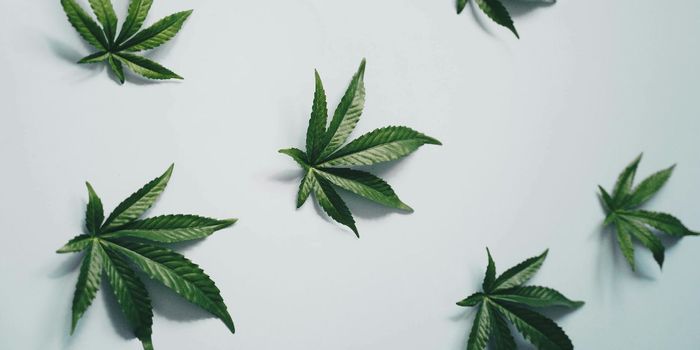The Various Strains of Cannabis
 Cannabis is segmented into three main categories, referred to as strains. The difference between these strains is that they contain varying levels of cannabinoids and terpenes, which in turn produce different types of effects on the user. Depending on the strength of the strain, the user’s body chemistry, as well as their experience with cannabis, the high can change from user to user. That said, strains and their effects tend to have some major traits in common:
Cannabis is segmented into three main categories, referred to as strains. The difference between these strains is that they contain varying levels of cannabinoids and terpenes, which in turn produce different types of effects on the user. Depending on the strength of the strain, the user’s body chemistry, as well as their experience with cannabis, the high can change from user to user. That said, strains and their effects tend to have some major traits in common:
Sativa – Sativa strains are associated with energizing and uplifting qualities, so they are typically popular for daytime use. Sativas are also known for having cerebral and creative effects on the user, containing more THC than CBD. Examples of sativa strains include Sour Diesel, Durban Poison, and Jack Herer.
Indica – Indica strains are known for producing relaxing, pain-relieving and calming effects; some of the stronger indicas even producing sedative qualities. As a result, indica strains have long been associated with nighttime use, having higher levels of CBD than THC. Indica strains include Northern Lights, Blueberry Kush, and Granddaddy Purple.
Hybrid – Hybrids are a cross between sativa and indica strains, spanning a wide spectrum of different effects, depending on the proportions of sativa and indica in the hybrid. As a result, some hybrids are known as sativa-dominant, meaning that they contain more sativa components, associated with being uplifting, while indica-dominant hybrids are known for being relaxing since they contain more hybrid qualities. Examples of hybrids strains include Blue Dream, OG Kush, and Girl Scout Cookies.
While these are the main strain categories, users should keep in mind that cannabis effects can differ significantly for each consumer. A person’s tolerance, experience, consumption method, dosage, and ratios of cannabinoids and terpenes all affect the outcome. So users, especially those who are new to cannabis, should always be conservative when trying new strains, so that they know that the strain is the right fit for them.
Sources: Healthline, Very Well Health, Leafly








